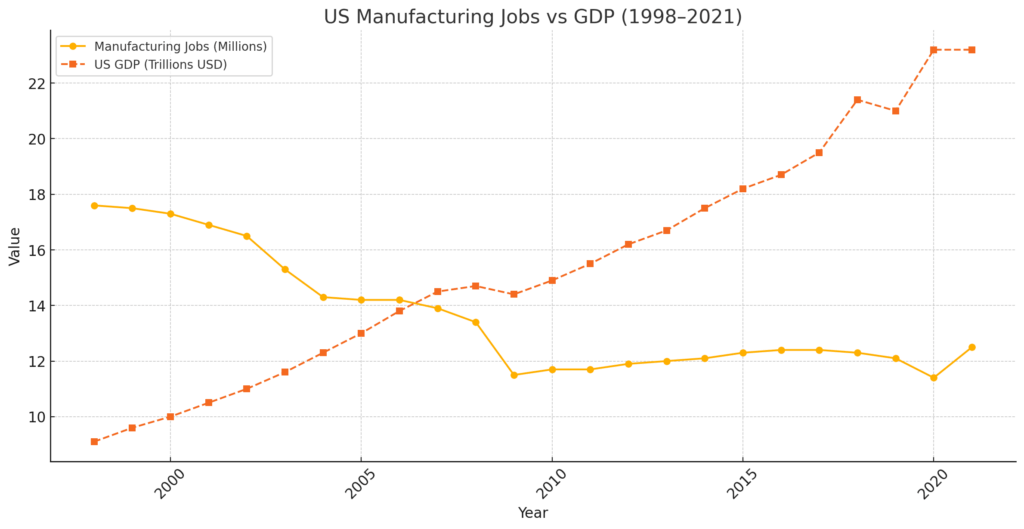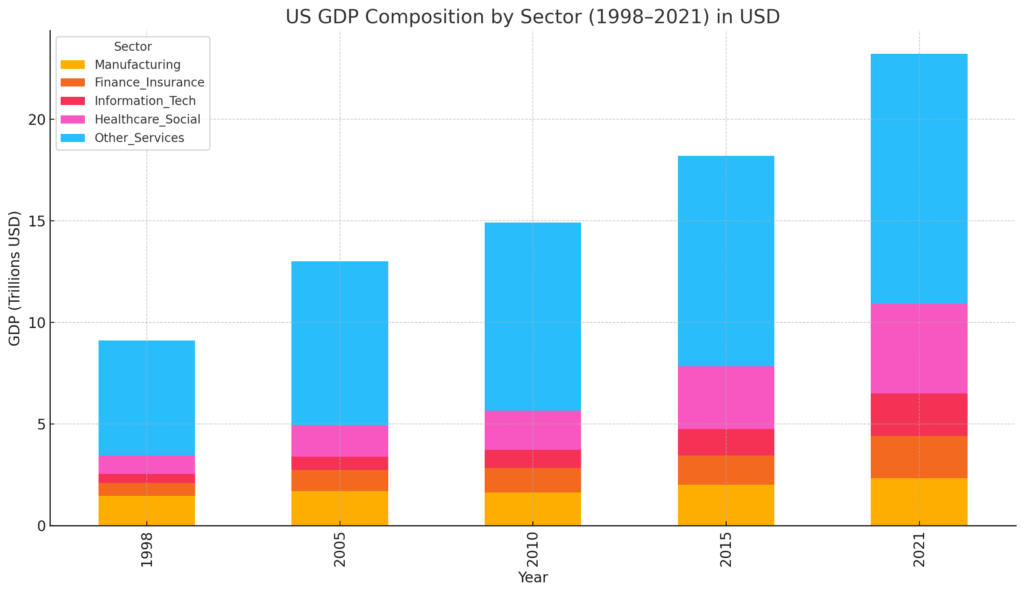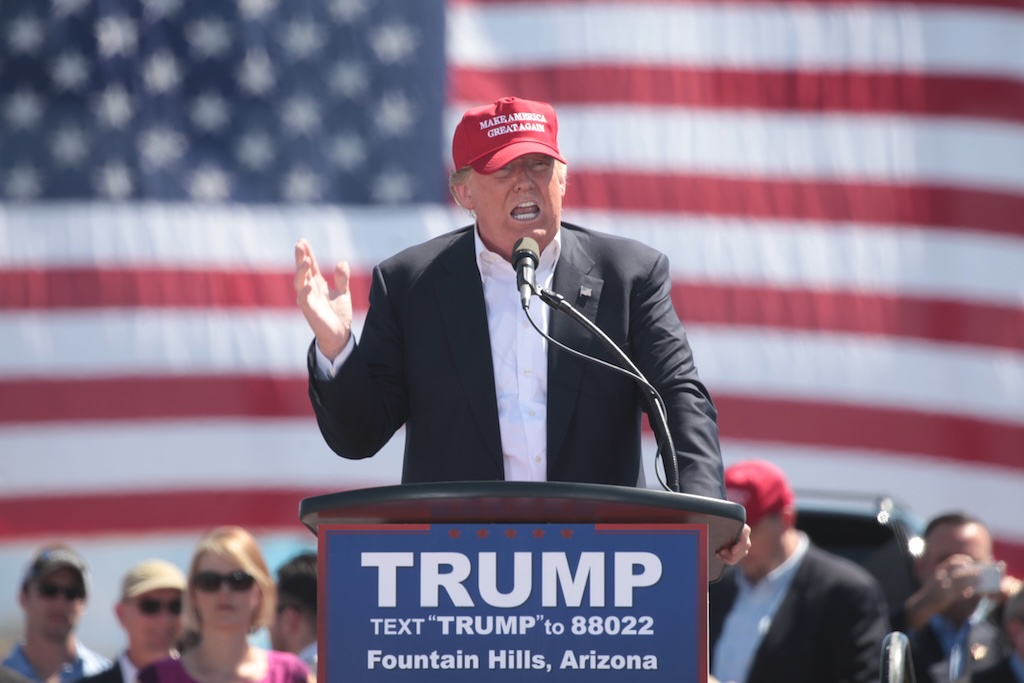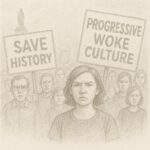Over the past few decades, globalization has dramatically reshaped the American economy. While the East and West coasts flourished through booming tech and financial sectors, many regions in the middle of the country—once vibrant manufacturing hubs—began to decline. Factories closed, jobs were outsourced to countries like China and other lower-wage nations in Southeast Asia, and entire communities were left struggling.
From 1998 to 2021, the U.S. lost more than 5 million manufacturing jobs due to growing trade deficits in manufactured goods with countries like China, Japan, Mexico, and the European Union. Additionally, over 70,000 manufacturing plants closed between 1998 and 2019 . The entry of China into the World Trade Organization in 2001 intensified this trend, leading to a significant influx of inexpensive goods and severely impacting U.S. manufacturing sectors—a phenomenon dubbed the “China Shock” .
These economic changes hit the American working class especially hard. Many in the Rust Belt and Midwest felt abandoned by both political parties. They no longer believed in the polished promises of career politicians, whose rhetoric seemed increasingly disconnected from their everyday realities.
Unlike traditional candidates, Trump didn’t speak like a politician. He spoke like them—raw, unfiltered, and often politically incorrect. He didn’t offer carefully rehearsed lines; he voiced anger, frustration, and skepticism toward trade deals, immigration, and Washington elites. For many working-class Americans, especially in the middle of the country, Trump said what they had been thinking for years but felt no one was willing to say out loud.
Trump’s success in these regions wasn’t just about policy—it was emotional. He represented change. He broke the mold. And for millions of voters who felt ignored, he was the first person in a long time who seemed to be on their side.

Here’s a comparison graph of U.S. manufacturing jobs and GDP from 1998 to 2021. While GDP shows a steady upward trend (with a dip in 2020 due to COVID-19), manufacturing jobs have declined significantly over the same period, especially in the early 2000s.
This contrast highlights how the overall economy grew, but many industrial regions and workers were left behind—setting the stage for political shifts like the rise of Trump.

This chart shows the shift in the U.S. economy from 1998 to 2021 by displaying how different sectors contributed to GDP in actual dollar terms. While overall GDP nearly tripled during this period, manufacturing’s contribution stayed relatively flat, even shrinking slightly as a proportion. In contrast, sectors like healthcare, information technology, and finance grew steadily—especially healthcare, which more than doubled in size. This highlights how the economy moved away from goods production toward services and knowledge-based industries, leaving traditional manufacturing regions feeling left behind.

